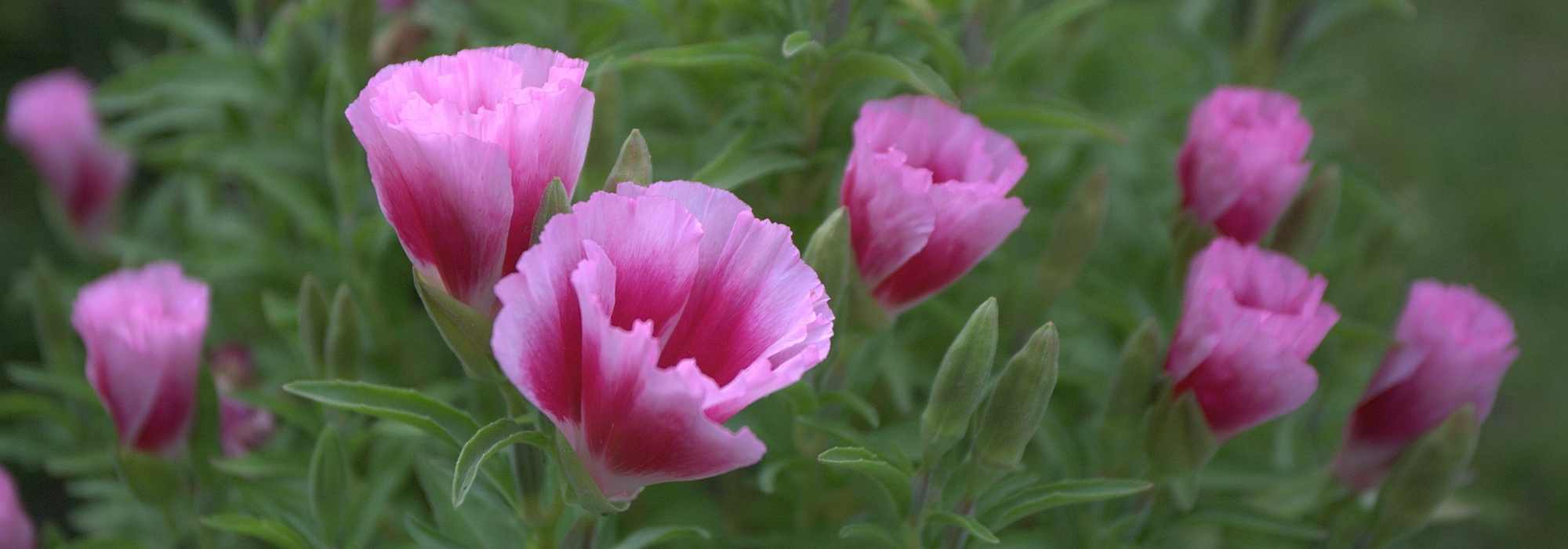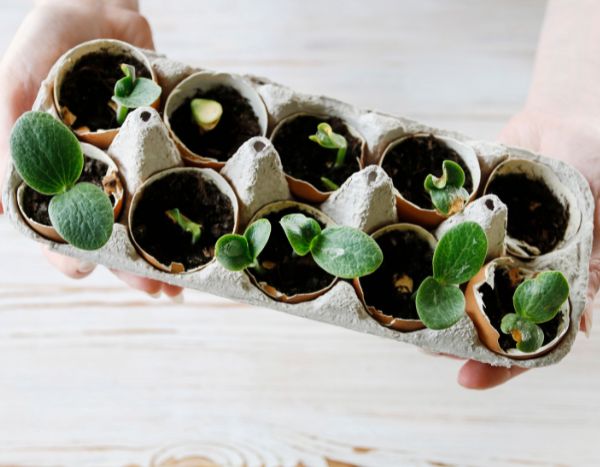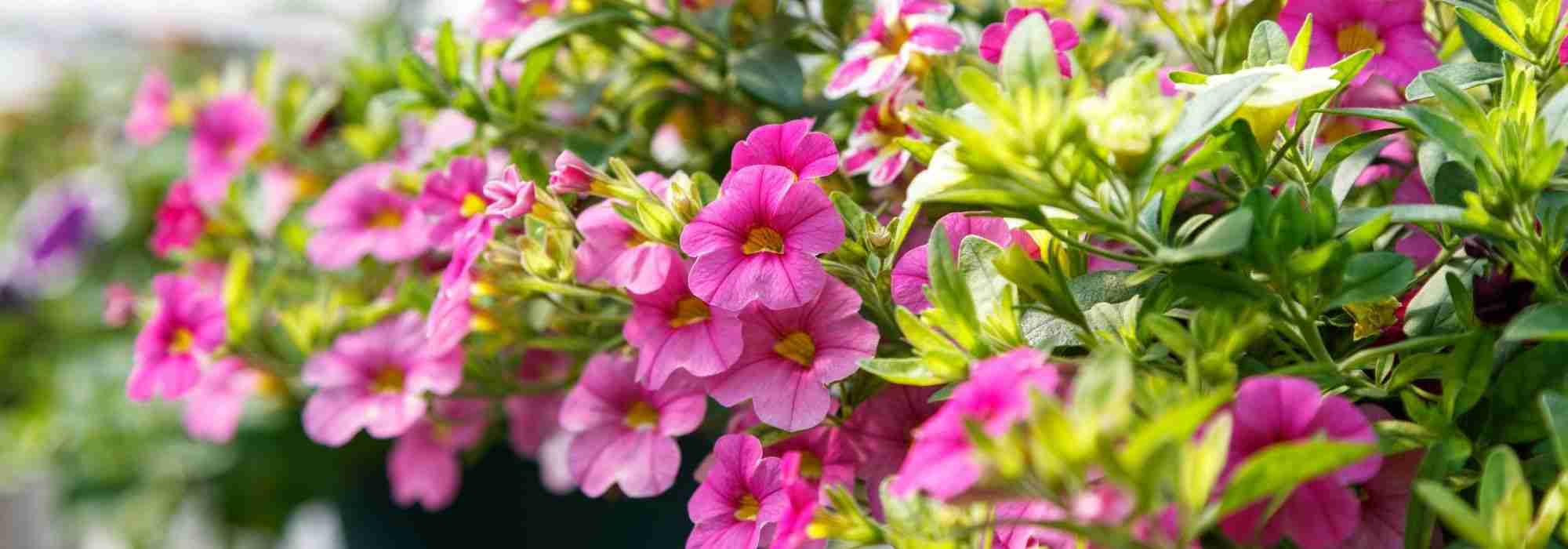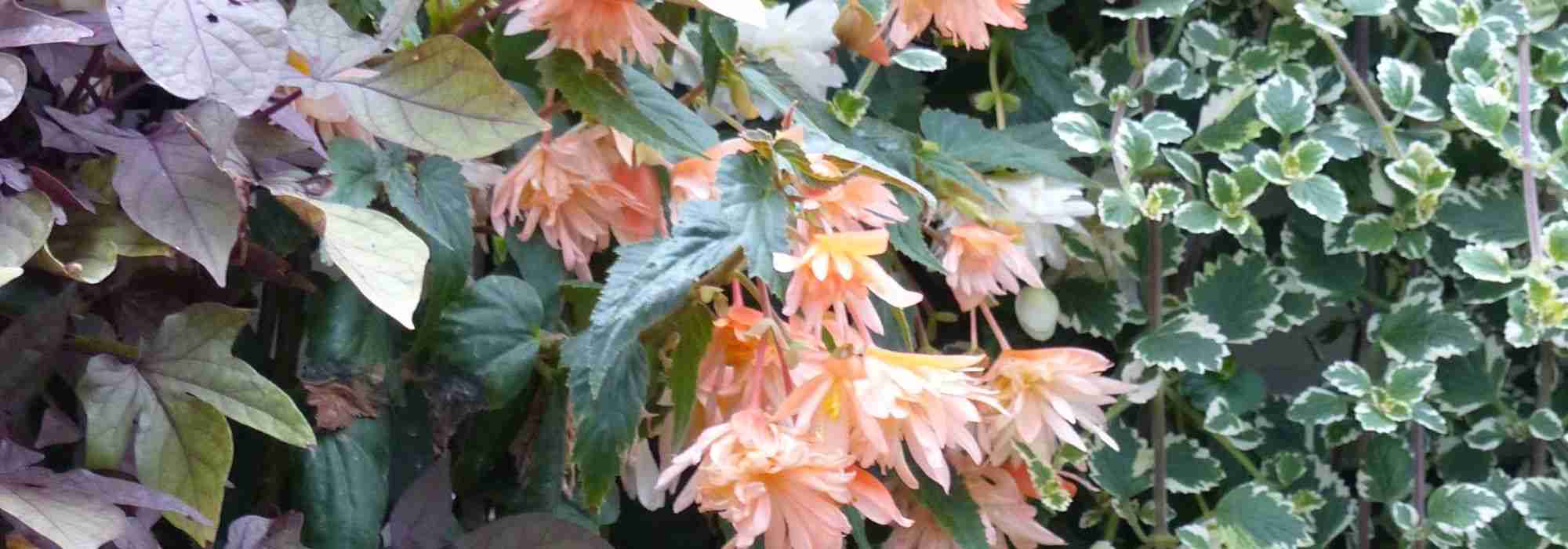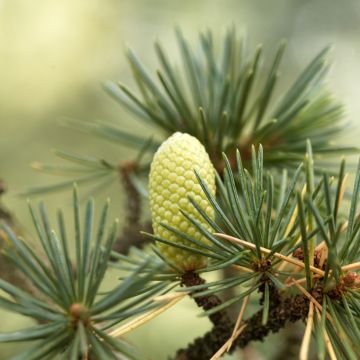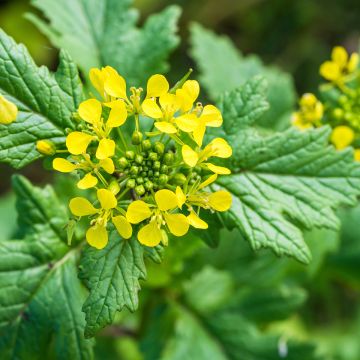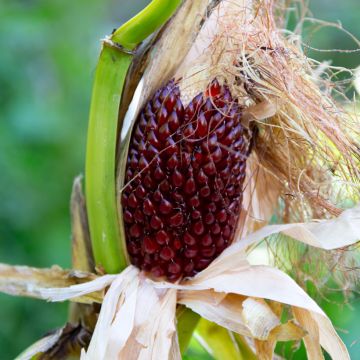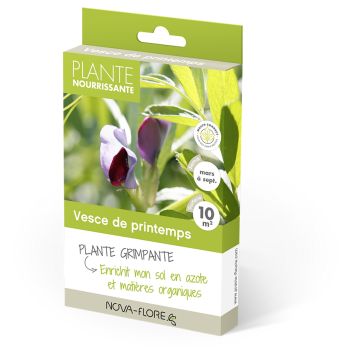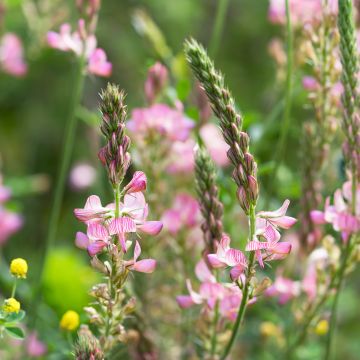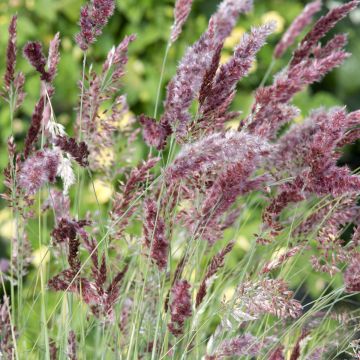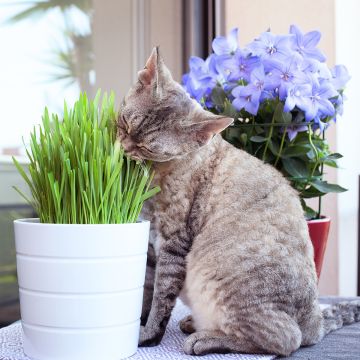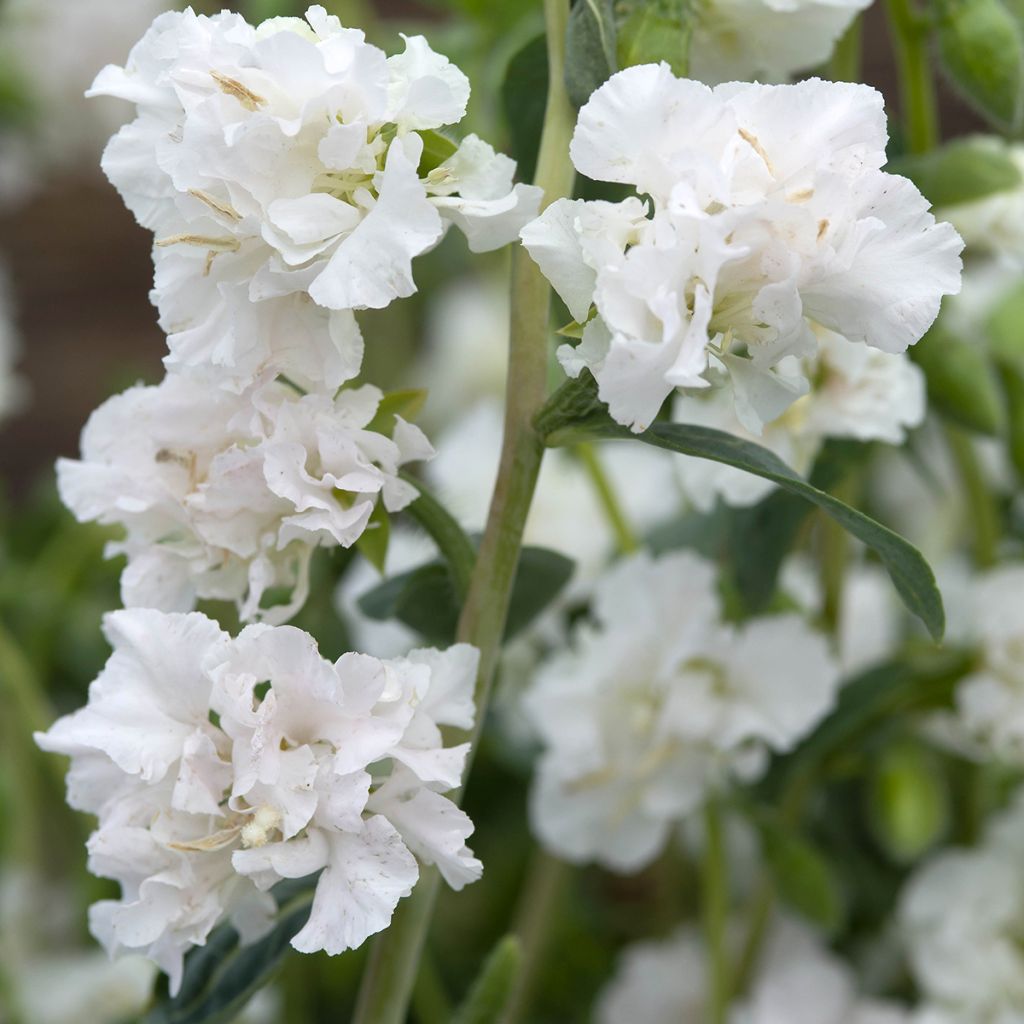

Clarkia unguiculata Albatross - Clarkia élégant Albatross, Garland de montagne, Godetia
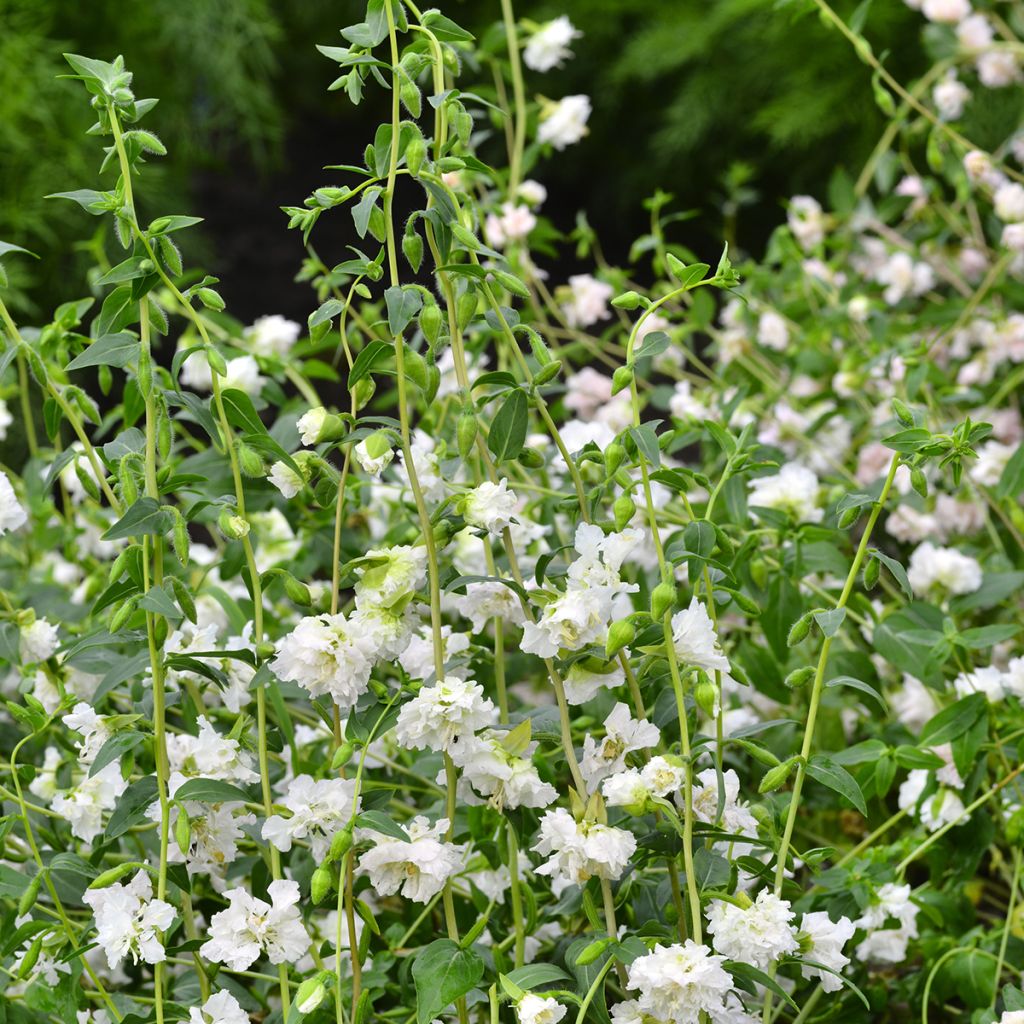

Clarkia unguiculata Albatross - Clarkia élégant Albatross, Garland de montagne, Godetia
Clarkia unguiculata Albatross seeds
Clarkia unguiculata Albatross
Elegant Clarkia, Mountain Garland
Special offer!
Receive a €20 voucher for any order over €90 (excluding delivery costs, credit notes, and plastic-free options)!
1- Add your favorite plants to your cart.
2- Once you have reached €90, confirm your order (you can even choose the delivery date!).
3- As soon as your order is shipped, you will receive an email containing your voucher code, valid for 3 months (90 days).
Your voucher is unique and can only be used once, for any order with a minimum value of €20, excluding delivery costs.
Can be combined with other current offers, non-divisible and non-refundable.
Home or relay delivery (depending on size and destination)
Schedule delivery date,
and select date in basket
This plant carries a 6 months recovery warranty
More information
We guarantee the quality of our plants for a full growing cycle, and will replace at our expense any plant that fails to recover under normal climatic and planting conditions.
Would this plant suit my garden?
Set up your Plantfit profile →
Description
The Seeds of Clarkia unguiculata 'Albatross' allow you to easily grow this floriferous annual plant, ideal for brightening up late spring borders with its elegant double white flowers with delicately ruffled petals. Its upright and flexible habit makes it an excellent companion for borders or a naturalistic setting. It is distinguished by its reddish stems, finely lanceolate foliage, and flower spikes laden with buds that bloom progressively. Very easy to grow, it prefers well-drained, moderately fertile, rather cool and light soil, and sunny exposures. Not very hardy, it is intolerant of frosts and must be sown directly in situ in spring, or in autumn in mild climates.
The Clarkia unguiculata 'Albatross' has the botanical synonyms Oenothera elegans Albatross and Clarkia elegans Albatross. It is an annual plant from the Onagraceae family also known as Elegant Clarkia 'Albatross'. Native to California, the species type is endemic to the wooded areas and dry slopes of that State, where it thrives in well-drained soil and sunny conditions. The 'Albatross' cultivar is distinguished by its pure white double flowers contrasting with the pink or purple hues of the type species. This plant has an upright and slender habit, typically reaching a height of 30 to 45 cm in cultivation, with a spread of about 30 cm. Its growth is rapid, completing its life cycle in a single season. The stems are thin, sometimes slightly reddish, and bear green, deciduous, lanceolate leaves measuring 2 to 5 cm long. The flowers are formed of four white, often double petals and measure about 2 to 3 cm in diameter. Flowering extends from late spring to summer depending on the sowing date, which should be staggered to enjoy a long flowering period, attracting pollinators such as bees. The Clarkia unguiculata is appreciated for its ability to self-seed naturally, ensuring a continuous presence in suitable gardens.
The Clarkia unguiculata 'Albatross' adds a touch of lightness and elegance to summer borders. Its white flowers sway gracefully atop slender stems, creating a subtle movement with the slightest breeze. To accentuate this delicacy, it harmonises beautifully with Nigella damascena 'Miss Jekyll', offering a soft contrast with its airy blue flowers, while the Papaver rhoeas 'Thai Silk Rose Chiffon' adds touches of pink and red, enriching the colour palette. In pots or in the ground, these combinations create poetic displays ideal for cottage-style gardens or sunny borders.
Flowering
Foliage
Plant habit
Botanical data
Clarkia
unguiculata
Albatross
Onagraceae
Elegant Clarkia, Mountain Garland
Oenothera elegans Albatross, Clarkia elegans Albatross
Cultivar or hybrid
Planting and care
Sowing:
Sow Clarkia Albatross seeds from March to May, directly in their final position.
Sow thinly, burying the seeds 3mm deep, spacing them 45cm apart in furrows dug into well-prepared and well-loosened soil. Thin the sowing, leaving a space of 15 to 22cm between each seedling.
For earlier flowering, you can sow indoors in pots or trays.
Transplant when the young plants are large enough to handle, into 8cm pots or trays. Enable them to grow in full light, watering sparingly. Plant out outdoors when all risk of frosts has passed.
Growing:
Easy to grow in sun in any temperate climate, clarkias appreciate a slightly acidic, neutral or slightly calcareous, moist but well-drained soil enriched with sand and compost, . Allow the soil to dry out a little between waterings. Over-rich soil encourages foliage growth at the expense of flowering. Removing faded flowers will prolong the flowering period.
Sowing period
Intended location
Planting & care advice
This item has not been reviewed yet - be the first to leave a review about it.
Similar products
Haven't found what you were looking for?
Hardiness is the lowest winter temperature a plant can endure without suffering serious damage or even dying. However, hardiness is affected by location (a sheltered area, such as a patio), protection (winter cover) and soil type (hardiness is improved by well-drained soil).

Photo Sharing Terms & Conditions
In order to encourage gardeners to interact and share their experiences, Promesse de fleurs offers various media enabling content to be uploaded onto its Site - in particular via the ‘Photo sharing’ module.
The User agrees to refrain from:
- Posting any content that is illegal, prejudicial, insulting, racist, inciteful to hatred, revisionist, contrary to public decency, that infringes on privacy or on the privacy rights of third parties, in particular the publicity rights of persons and goods, intellectual property rights, or the right to privacy.
- Submitting content on behalf of a third party;
- Impersonate the identity of a third party and/or publish any personal information about a third party;
In general, the User undertakes to refrain from any unethical behaviour.
All Content (in particular text, comments, files, images, photos, videos, creative works, etc.), which may be subject to property or intellectual property rights, image or other private rights, shall remain the property of the User, subject to the limited rights granted by the terms of the licence granted by Promesse de fleurs as stated below. Users are at liberty to publish or not to publish such Content on the Site, notably via the ‘Photo Sharing’ facility, and accept that this Content shall be made public and freely accessible, notably on the Internet.
Users further acknowledge, undertake to have ,and guarantee that they hold all necessary rights and permissions to publish such material on the Site, in particular with regard to the legislation in force pertaining to any privacy, property, intellectual property, image, or contractual rights, or rights of any other nature. By publishing such Content on the Site, Users acknowledge accepting full liability as publishers of the Content within the meaning of the law, and grant Promesse de fleurs, free of charge, an inclusive, worldwide licence for the said Content for the entire duration of its publication, including all reproduction, representation, up/downloading, displaying, performing, transmission, and storage rights.
Users also grant permission for their name to be linked to the Content and accept that this link may not always be made available.
By engaging in posting material, Users consent to their Content becoming automatically accessible on the Internet, in particular on other sites and/or blogs and/or web pages of the Promesse de fleurs site, including in particular social pages and the Promesse de fleurs catalogue.
Users may secure the removal of entrusted content free of charge by issuing a simple request via our contact form.
The flowering period indicated on our website applies to countries and regions located in USDA zone 8 (France, the United Kingdom, Ireland, the Netherlands, etc.)
It will vary according to where you live:
- In zones 9 to 10 (Italy, Spain, Greece, etc.), flowering will occur about 2 to 4 weeks earlier.
- In zones 6 to 7 (Germany, Poland, Slovenia, and lower mountainous regions), flowering will be delayed by 2 to 3 weeks.
- In zone 5 (Central Europe, Scandinavia), blooming will be delayed by 3 to 5 weeks.
In temperate climates, pruning of spring-flowering shrubs (forsythia, spireas, etc.) should be done just after flowering.
Pruning of summer-flowering shrubs (Indian Lilac, Perovskia, etc.) can be done in winter or spring.
In cold regions as well as with frost-sensitive plants, avoid pruning too early when severe frosts may still occur.
The planting period indicated on our website applies to countries and regions located in USDA zone 8 (France, United Kingdom, Ireland, Netherlands).
It will vary according to where you live:
- In Mediterranean zones (Marseille, Madrid, Milan, etc.), autumn and winter are the best planting periods.
- In continental zones (Strasbourg, Munich, Vienna, etc.), delay planting by 2 to 3 weeks in spring and bring it forward by 2 to 4 weeks in autumn.
- In mountainous regions (the Alps, Pyrenees, Carpathians, etc.), it is best to plant in late spring (May-June) or late summer (August-September).
The harvesting period indicated on our website applies to countries and regions in USDA zone 8 (France, England, Ireland, the Netherlands).
In colder areas (Scandinavia, Poland, Austria...) fruit and vegetable harvests are likely to be delayed by 3-4 weeks.
In warmer areas (Italy, Spain, Greece, etc.), harvesting will probably take place earlier, depending on weather conditions.
The sowing periods indicated on our website apply to countries and regions within USDA Zone 8 (France, UK, Ireland, Netherlands).
In colder areas (Scandinavia, Poland, Austria...), delay any outdoor sowing by 3-4 weeks, or sow under glass.
In warmer climes (Italy, Spain, Greece, etc.), bring outdoor sowing forward by a few weeks.


































